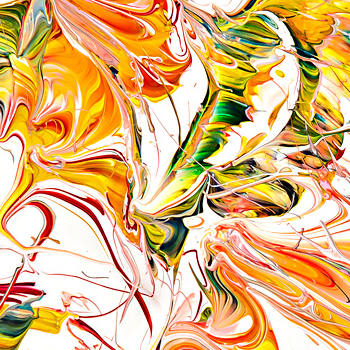How do most animals produce carbon dioxide?
1 Answer
Through regular cellular metabolism
Explanation:
For me, it is easiest to explain carbon dioxide production in a human, so I will use the human body as my example. Note that cellular metabolism is very similar across most animals, so it is applicable to many of them as well.
Carbon dioxide is made through numerous biochemical reactions in the body, all of which are a part of normal cellular metabolism. In other words, it is a waste product that, once made, quickly moves to the blood, then to the lungs, and finally, is exhaled.
It would not be in your best interest for me to discuss all of the ways in which your body produces carbon dioxide. If you want to learn specific mechanisms, I would advise you to take a biochemistry course.
However, I will briefly discuss the Krebs Cycle as an example of a process which produces carbon dioxide:
The Krebs Cycle is the first part of a complex mitochondrial process known as oxidative phosphorylation. Essentially, the enzymes involved in the Krebs Cycle take the molecule pyruvate (the product of another reaction known as glycolysis) and strip it of its electrons, which will be later used in the electron transport chain, the second part of oxidative phosphorylation.
Step by step, through multiple chemical reactions and the loss of its electrons, pyruvate is oxidized to multiple molecules of carbon dioxide, which are then expelled from the body as waste. The process is then repeated with a new molecule of pyruvate.
Note that this is a gross oversimplification of oxidative phosphorylation, but I hope that this has answered your question adequately.
~AP

